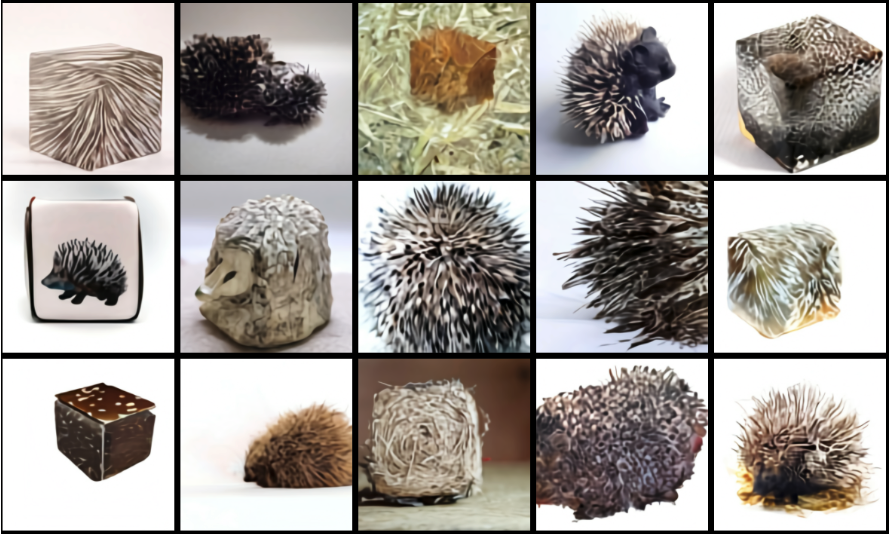Last week, OpenAI released two new AI models aiming to “visualize” words and sentences. The DALL-E and CLIP models represent an improvement in AI’s understanding of what words represent in the physical world. The resulting images of avocado-inspired chairs and porcupine cubes bring us closer to solving a major hurdle in AI: understanding similarities. AI models have struggled to generalize broader concepts based on a particular instance of an object. For example, understanding the difference between the particular chair I’m sitting in, a “chair” as a concept, and answering surprisingly slippery questions such as, when does a chair become a couch? The capacity to reason and identify similarities is an underappreciated skill in humans, a key ingredient for creativity, and an elusive problem for computers.
Machine learning creativity projects have been working on this generalization problem for years. Google’s DeepDream algorithm, for example, made a splash in the creative AI space more than five years ago. And while the images resulting from DeepDream look absurd, the images reflected a growing ability for a computer to grasp the concept of similarity. This same approach has since inspired many interesting projects across disciplines aiming to generate similar creative outputs. LA-based dance-pop trio YACHT (Young Americans Challenging High Technology), worked closely with an AI model to develop their 2019 album “Chain Tripping”. They fed their entire back catalog – 82 songs from the last 17 years – into a series of machines that analyzed their lyrics and melodies and wrote original songs.
As we move towards AI that better understands the meaning and context of its output, new human-machine collaborations become possible across text, images, and audio. There remain questions about the extent to which AI can develop its own sense of creativity, and create something that is meaningful and novel, from scratch. If AI models can learn to create without guidance or help from humans, it may help us better understand the processes behind our own creative thinking.
AI News This Week
-
An artificial intelligence scholar urges technologists to embrace humility (Fast Company)
Computer vision pioneer and Stanford AI Professor Fei-Fei Li discusses how a culture of transparency, openness, and respect will ultimately lead to breakthroughs that help society. In this opinion piece, she argues that the power of humility should not be mandated from the top down: “It must be built up from a cultural level, and thus requires an investment in educational efforts to instill them in the next generation of AI practitioners.” Fei-Fei Li is a co-founder of Dawnlight, a Radical portfolio company.
-
AIs that read sentences can also spot virus mutations (MIT Technology Review)
Natural language processing (NLP) algorithms designed for words and sentences are now able to generate protein sequences and predict virus mutations, including key changes that help the coronavirus evade the human immune system. In the same way NLP models are used to interpret a sentence, this new research applies a similar methodology to understanding how a virus is interpreted by the immune system.
-
An Algorithm Is Helping a Community Detect Lead Pipes (WIRED)
An AI tool that emerged from the Flint, Michigan water crisis could prevent similar problems in other cities where lead poisoning is a serious concern. BlueConduit uses a predictive model to indicate which homes in a community are most likely to have lead service lines in need of replacement.
-
These robo-fish autonomously form schools and work as search parties (TechCrunch)
Researchers have created a set of fish-shaped underwater robots that can autonomously navigate and form schools in an effort to perform cooperative tasks. Underwater robots may revolutionize ecology, shipping and other areas where a persistent underwater presence is desirable.
-
This app is helping reunite dogs with their owners using AI (The Next Web)
Building on recent research suggesting that AI recognition solutions could achieve up to 95% accuracy in identifying individual dogs in social media images, a new app matches a missing dog’s picture with images posted by shelters and on social networks. The model finds potential matches to the missing dog’s photos, and then volunteers help the owner find the pet.
Radical Reads is edited by Leah Morris (Senior Director, Velocity Program, Radical Ventures).

